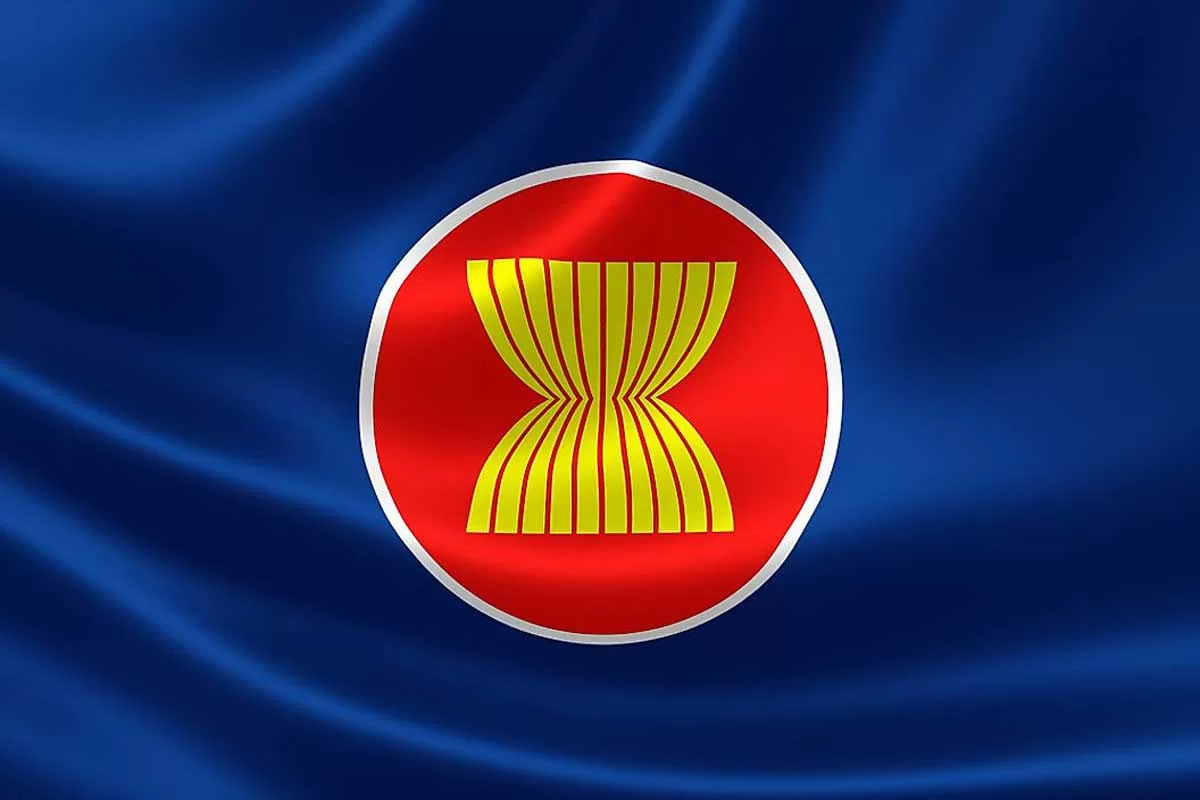The ASEAN region is often cited as a successful example of regional cooperation. The ASEAN regional bloc consisting of 10 South East Asian countries — Brunei, Cambodia, Indonesia, Laos, Malaysia, Myanmar, the Philippines, Singapore, Thailand, and Vietnam. It was founded in 1967 with the founding members of the organisation being Indonesia, Singapore, Malaysia, Philippines and Thailand.
ASEAN’s economic achievements
The South-East Asian regional bloc has also been an engine of global growth. Even amidst the economic challenges in recent years, the average growth rate of the group was well over 4% in 2024. While Indonesia, Malaysia and Vietnam recorded growth of over 5%, Vietnam was the star performer growing at over 7%. According to forecasts, Vietnam is likely to comfortably surpass 6% growth in 2025 and 2026. While the foundations for these successes have been laid over decades, one of the reasons for the economic progress of these nations has been their ability to adapt to geopolitical and economic changes.
The ASEAN region has benefited significantly from globalisation, especially countries like Singapore, Malaysia, Indonesia and Vietnam.If one were to look at regional trade within the ASEAN group, it was estimated at $3.5 trillion. ASEAN, which has robust economic relations with US and China, has also focused on enhancing trade with non-member countries.
ASEAN has also excelled in terms of attracting Foreign Direct Investment (FDI). In 2023, ASEAN’s Foreign Direct Investment (FDI) inflows exceeded $200 billion (230 billion). Thus, the regional bloc has emerged as the largest recipient of FDI in developing regions. The star performers, in terms of drawing FDI, in recent years of the ASEAN region have been Singapore, Indonesia and Vietnam. While earlier the successes of Singapore, Malaysia, Thailand and Indonesia drew international attention in recent years it is Vietnam’s economic success which has begun to draw attention. The successes of these countries can be attributed to investor friendly policies, increasing focus on R &D and tech, their geographical location and as mentioned their deftness in dealing with the changing landscape. So far, most ASEAN nations have steered clear of getting embroiled in geopolitical wrangling between China and the US. In recent months, several ASEAN countries have expressed their concern in the context of the downward spiral of ties between both countries.
ASEAN Soft Power
Apart from robust economic performance, the ASEAN grouping has also been reasonably successful in promoting their Soft Power. According to the Brand Finance Soft Power rankings 2025, Singapore ranked 21 globally was ranked the highest in the ASEAN region. It would be pertinent to point out, that rich and diverse culture of the region along with a tourist friendly eco-system has resulted in ASEAN being a preferred destination from tourists across the world. Apart from Singapore and Thailand, other popular tourist destinations in the region are; Indonesia, Malaysia, Cambodia and Vietnam. Recent years have witnessed a significant increase in the number of Indian tourists visiting the ASEAN region.
One of the strong components of ASEAN power has been tourism. According to estimates, the ASEAN region was able to attract 123 million tourists in 2024. Six ASEAN countries — Thailand, Cambodia, Laos, Malaysia, Vietnam, and Myanmar — are also proposing a joint visa initiative dubbed as “6 countries, 1 destination”. This will be a common visa like Schengen. The idea was proposed by Thailand, which is heavily dependent upon tourism and believes that this initiative would give a further boost to tourism.
Some countries have also been able to draw international students. With western countries becoming more inward looking, there is scope for ASEAN countries like Singapore and Malaysia to attract international students. Singapore has emerged as a popular destination for students due to some of its higher education educations being highly ranked as well as the career avenues in that country. Malaysia received over 80,000 student application from international students – this was a 25% increase from 2023. Both ASEAN countries could become especially attractive destinations for more South Asian students for whom countries in the Anglosphere have been favoured.
ASEAN member states reaction to Trump’s imposition of tariffs
ASEAN nations have expressed their scepticism regarding the deterioration in US-China ties, since they have close economic ties with both. Apart from this, all have been extremely critical of tariffs and are looking to diversify their relationships. The Singapore PM, Lawrence Wong, while commenting on the recent tariffs announced by US President, Donald Trump said:
“..the recent Liberation Day announcement by the US leaves no room for doubt,…It marks a seismic change in the global order.”
ASEAN interest in BRICS in a changing situation
In the changing situation, it is likely that more ASEAN countries will also explore membership of BRICS+. Indonesia had joined BRICS in January 2025 as a member, while other ASEAN member states – Malaysia, Thailand, and Vietnam – joined as observers in October 2024. Indonesian foreign minister, Sugiono after joining BRICS had said that it’s decision to join BRICS+ was a reiteration of its independent foreign policy. Other ASEAN countries are also exploring the possibility of entering BRICS.
Conclusion
In conclusion, as mentioned earlier the ASEAN region has so far reaped the dividends of globalisation and a reasonably stable relationship between US and China for very long. The current geopolitical and economic situation is likely to pose significant challenges for the ASEAN region. Apart from internal contradictions within the Bloc, global uncertainty due to US policies during Trump 2.0 are likely to be a major challenge. While all eyes are on the economic impact of the current global turbulence, it is important for ASEAN to focus on ‘Soft Power’, since the region has specific potential in areas like tourism and education as has been discussed earlier. It remains to be seen whether ASEAN can effectively use “Smart Power” to deal with the changing global landscape.
